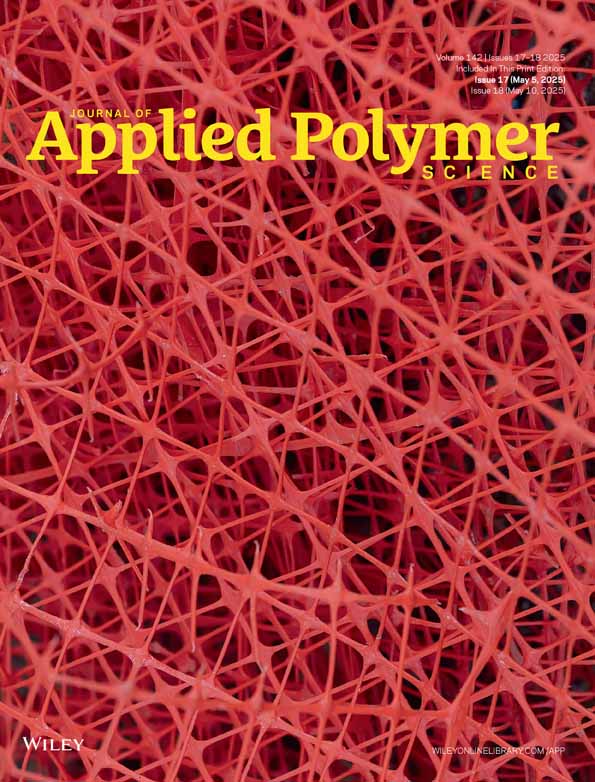Bifunctional Imidazole Cross-Linked Anion Exchange Membrane Based on Quaternized Chitosan With High Performance
Funding: This work was supported by Liaoning Province Applied Basic Research Program Project, 2023JH2/101300217.
ABSTRACT
Developing novel anion-exchange membranes (AEMs) that feature superior hydroxide conductivity and excellent alkaline stability poses a major challenge. Among different kinds, cross-linked AEMs enjoy the highest popularity, thanks to their uncomplicated fabrication procedures and outstanding stability. However, it is noteworthy that in the majority of instances, the employment of covalent cross-linking methods often plunges AEMs into a conductivity-stability conundrum. That is to say, when efforts are made to boost the conductivity, the stability tends to be compromised, and conversely, attempts to enhance stability might adversely affect conductivity. To tackle the conductivity-stability issue faced by conventional covalent cross-linked AEMs, within this research, innovative bifunctional imidazole cross-linking agents that carry imidazole cations were synthesized using N-(3-aminopropyl)-imidazole and 3-chloropropylamine. Following that, these agents were then utilized to manufacture high-performance cross-linked quaternized chitosan (QCS) membranes. The bifunctional cross-linker was able to furnish an ionic 3-D network, further promoting the formation of microphase separation morphology and a densely cross-linked structure, thereby bringing about both excellent conductivity and alkaline stability. The as-prepared QCS-MI0.3 AEM exhibited a relatively low swelling ratio of 29.7% at 80°C, along with outstanding conductivity reaching 128.83 mS cm−1 at the same temperature. Moreover, it demonstrated remarkable alkaline stability, with 92% of its conductivity retained after being immersed in 6 M KOH at 80°C for 168 h. Meanwhile, the single cell built upon the QCS-MI0.3 AEM likewise showcased remarkable fuel cell performance, achieving a power output of 518.08 mW cm−2 at 80°C, and exhibited excellent durability as well. This research effort devised a novel approach for synthesizing high-performance cross-linked AEMs, which further augmented the application potential of QCS-based AEMs in the realm of fuel cells.
Conflicts of Interest
The authors declare no conflicts of interest.
Open Research
Data Availability Statement
The data that support the findings of this study are available from the corresponding author upon reasonable request.




